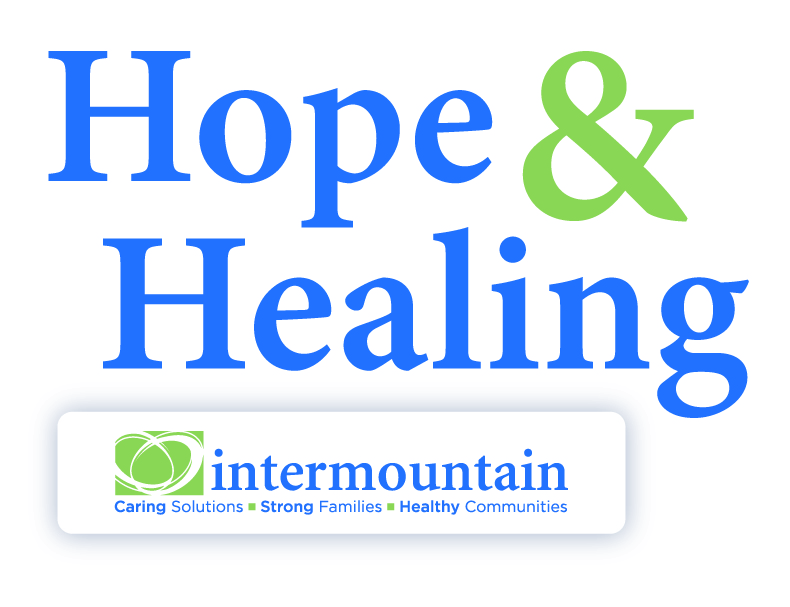By Joelle Johnson, LCSW, LAC, Intermountain Project Director
 This June, Alcoholics Anonymous celebrates its 80th birthday. Over the past eight decades, countless numbers of people found recovery through this program. AA meetings now exist in over 170 countries, each differing slightly but still maintaining the fundamental steps and traditions that were originally designed by a small group of self-identified alcoholics. The influence of “the program” has reached far beyond those who identify as AA members, creating the foundation for an entire substance abuse treatment industry and philosophy, spurring additional growth in the field of addiction science. Ongoing addiction research has proven much of AA’s wisdom as accurate, including the program’s basic tenet of mutual support. However, addiction science and even AA’s co-founder, Bill W., has since called to question AA’s original idea that an alcoholic must first “hit bottom” in order to find recovery. Yet, many addiction programs, counselors, as well as friends and family of substance abusers, tend to hold onto this belief, sometimes disastrously postponing or withholding treatment from those who may benefit, including teens and young adults. The human and monetary cost of this waiting is astounding, especially considering the young age at which many youth begin using and abusing substances.
This June, Alcoholics Anonymous celebrates its 80th birthday. Over the past eight decades, countless numbers of people found recovery through this program. AA meetings now exist in over 170 countries, each differing slightly but still maintaining the fundamental steps and traditions that were originally designed by a small group of self-identified alcoholics. The influence of “the program” has reached far beyond those who identify as AA members, creating the foundation for an entire substance abuse treatment industry and philosophy, spurring additional growth in the field of addiction science. Ongoing addiction research has proven much of AA’s wisdom as accurate, including the program’s basic tenet of mutual support. However, addiction science and even AA’s co-founder, Bill W., has since called to question AA’s original idea that an alcoholic must first “hit bottom” in order to find recovery. Yet, many addiction programs, counselors, as well as friends and family of substance abusers, tend to hold onto this belief, sometimes disastrously postponing or withholding treatment from those who may benefit, including teens and young adults. The human and monetary cost of this waiting is astounding, especially considering the young age at which many youth begin using and abusing substances.
According to the most recent (2013) Montana Youth Risk Behavior survey, which is given every two years to high school students across the state, 70.5 % of all Montana high school students report drinking alcohol at some point in their life, for 19.9 % of high school aged children, their first drink occurred before their 13th birthday. Furthermore, 14% of high school freshman and 32% of high school seniors in the state report binge drinking in the past 30 days and even more teens report being “current drinkers”. It is not likely that most of these teens would self-identify as “alcoholic,” let alone profess they have “hit bottom” and want to stop drinking. No, the large majority would likely characterize their substance use as “fun” and “harmless” and some may have parents who agree or at least label the use as “kids being kids” and reason they will “grow out of it”. And yet, some parents are completely unaware of their teen’s substance use. However, statistics show a very different story as Montana continues to have one of the highest rates of driving under the influence in the country and our state’s drug-induced death rate is higher than the national average. If the status quo remains, a large majority of these youth will not receive any sort of formalized intervention. Many will be seriously injured or will die as a direct result of intoxication and still others will develop an unhealthy if not dependent relationship with substances. Fortunately though, research has shown that treatment for youth and young adults works!
As is true for health problems ranging from cancer to diabetes, early identification, prevention and immediate intervention are keys to reducing the negative effects and improving the quality of life. Research demonstrates substance abuse treatment with young and even reluctant youth is very effective especially when substance use problems are mild or moderate rather than severe. Parents have a responsibility to their children to protect and guide them. If you suspect your teen is using substances, take action early. The action taken may be as simple as educating them. According to the National Institute of Drug Abuse, even youth who are not substance dependent, but are “experimenting” benefit from intervention, though these approaches are very unlike what many think of as “substance abuse treatment”. An example is the requirement for youth who receive a Minor-in-Possession-of-Alcohol ticket to participate in a substance abuse education course. These courses are not intended to demean or criticize a youngster for making choices but to raise awareness and increase understanding of the risks involved with the choices they make, and provide safe guidelines for adult use of alcohol in the future. These courses provide guidance, but parents are the first step. Treatment for youth with more severe substance use issues will need more intense interventions that involve teaching coping skills, addressing mental health issues and family therapy. Often, these can be provided at an outpatient treatment center and in some communities, even at school. And, if sought early, these interventions can prevent future consequences.
If you are concerned about your teen’s substance use, there are places to turn and people to help you. For addiction providers in your area, you can find a list of all state-approved substance abuse treatment providers on the state’s Chemical Dependency Bureau’s website at http://dphhs.mt.gov/Portals/85/…20Abuse/CDProviderlistbyProvider.pdf
Joelle Johnson, LCSW, LAC has over ten years of experience treating adolescents with co-occurring mental health and substance abuse issues in outpatient and correctional settings and is currently the project director for Intermountain’s unique co-occurring treatment program. Joelle grew up in Helena and is proud to be raising her two “tween” sons in the Queen City.





